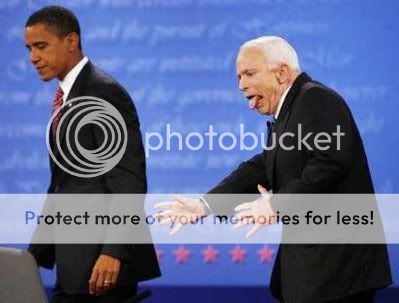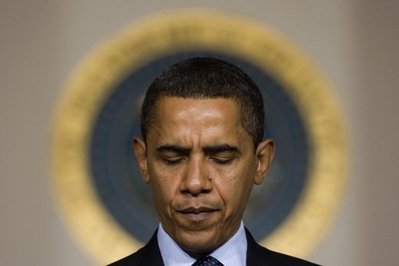Supposedly you do, to have written that.
Satellite Photos Support Testimony That Iraqi WMD Went to Syria
The history books on this issue shouldnt be written just yet.
by: Ryan Mauro
June 6, 2010
Haaretz has revived the mystery surrounding the inability to find weapons of mass destruction stockpiles in Iraq, the most commonly cited justification for Operation Iraqi Freedom and one of the most embarrassing episodes for the United States. Satellite photos of a suspicious site in Syria are providing new support for the reporting of a Syrian journalist who briefly rocked the world with his reporting that Iraqs WMD had been sent to three sites in Syria just before the invasion commenced.
The newspaper reveals that a 200 square-kilometer area in northwestern Syria has been photographed by satellites at the request of a Western intelligence agency at least 16 times, the most recent being taken in January. The site is near Masyaf, and it has at least five installations and hidden paths leading underneath the mountains. This supports the reporting of Nizar Nayouf, an award-winning Syrian journalist who said in 2004 that his sources confirmed that Saddam Husseins WMDs were in Syria.
One of the three specific sites he mentioned was an underground base underneath Al-Baida, which is one kilometer south of Masyaf. This is a perfect match. The suspicious features in the photos and the fact that a Western intelligence agency is so interested in the site support Nayoufs reporting, showing that his sources in Syria did indeed have access to specific information about secret activity that is likely WMD-related. Richard Radcliffe, one of my co-writers at WorldThreats.com, noticed that Masyaf is located on a road that goes from Hamah, where there is an airfield sufficient to handle relatively large aircraft, into Lebanon and the western side of the Bekaa Valley, another location said to house Iraqi weapons.
It seems to be commonly accepted that Iraq did not have WMDs at all. The intelligence was obviously flawed, but the book has not been closed on what actually happened. The media blasted the headline that Charles Duelfer, the head of the Iraq Survey Group tasked with finding out if Saddam had WMDs, concluded that a transfer did not occur. In reality, his report said they were unable to complete its investigation and is unable to rule out the possibility that WMD was evacuated to Syria before the war due to the poor security situation.
Although no conclusion was made, Duelfer has since said that he is convinced that no WMD went to Syria. He is a competent and credible individual, but there is evidence that key information on this possibility was not received by the Iraq Survey Group, which had many of its own problems.
On February 24, 2009, I went to see a talk Duelfer gave at the Free Library of Philadelphia to promote his book. He admitted there were some loose ends regarding the possibility that Iraqi WMD went to Syria, but dismissed them. Among these loose ends, Duelfer said, was the inability to track down the Iraqis who worked for a company connected to Uday Hussein that sources said had driven sensitive material into Syria. A Pentagon document reveals that an Iraqi dissident reported that 50 trucks crossed the border on March 10, 2003, and that his sources in Syria confirmed they carried WMD. These trucks have been talked about frequently and remain a mystery.
During the question-and-answer period and during a follow-up interview, Duelfer made several interesting statements to me that reinforced my confidence that such a transfer occurred, although we can not be sure of the extent of it.
General Georges Sada, the former second-in-command of the Iraqi Air Force, claimed in his 2006 book that he knew two Iraqi pilots that flew WMD into Syria over the summer of 2002, which came before a later shipment on the ground. I asked Duelfer if Nizar Nayouf or the two Iraqi pilots were spoken with.
I did not interview the pilots nor did I speak with the Syrian journalist you mentioned, he said. We were inundated with WMD reports and could not investigate them all.
To narrow the problem, we investigated those people and places we knew would have either been involved or aware of regime WMD activities.
He then told me that the lack of testimony about such dealings is what convinced him that a lot of material went to Syria, but no WMD. He cited the testimony of Naji Sabri, the former Iraqi foreign minister, in particular.
I knew him very well, and I had been authorized to make his life a lot better, or a lot worse, he told me.
Continued on Next Page ->
Read more:
PJ Media » Satellite Photos Support Testimony That Iraqi WMD Went to Syria
So there were WMD in Iraq just bfore the invasion. Bush was right.
